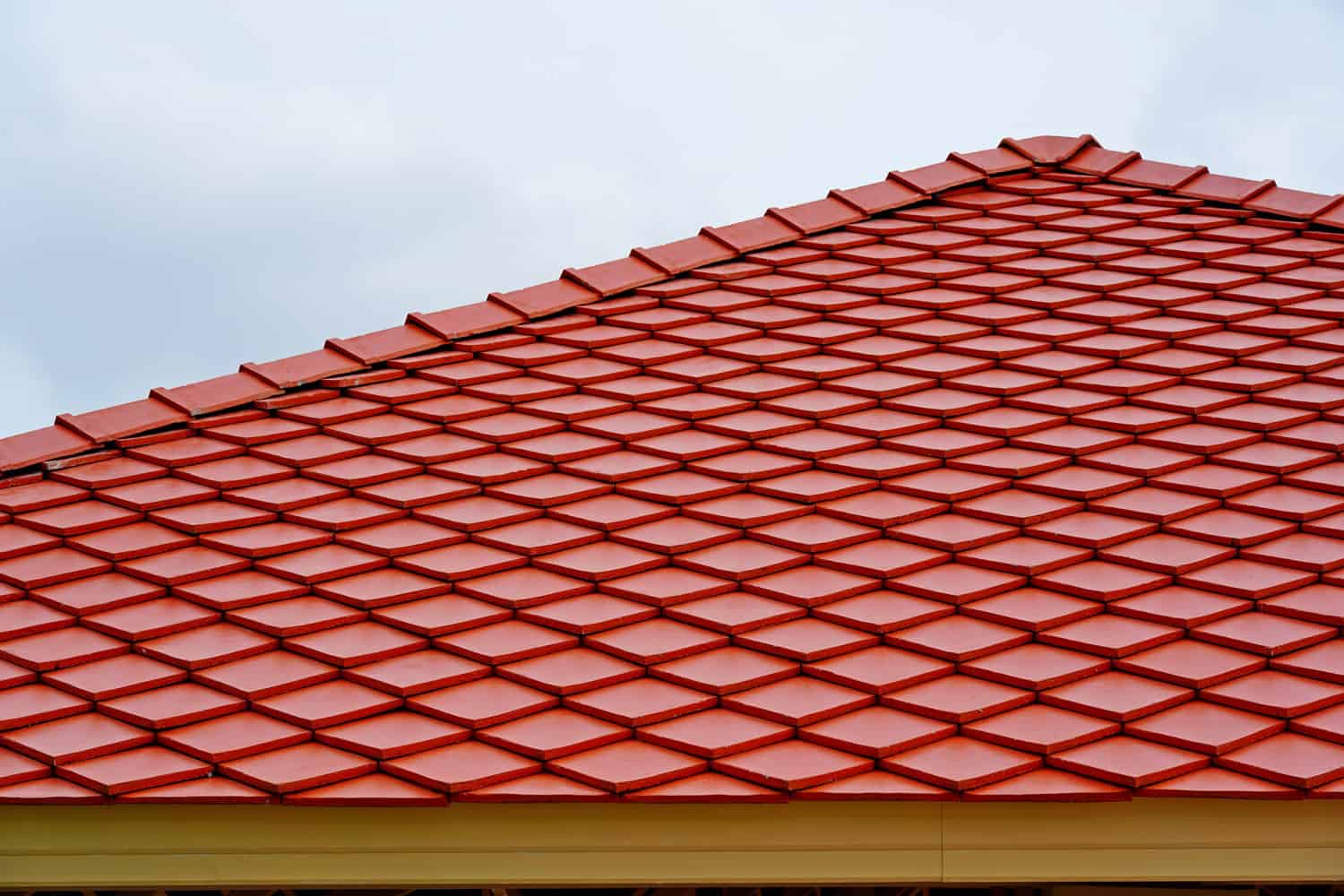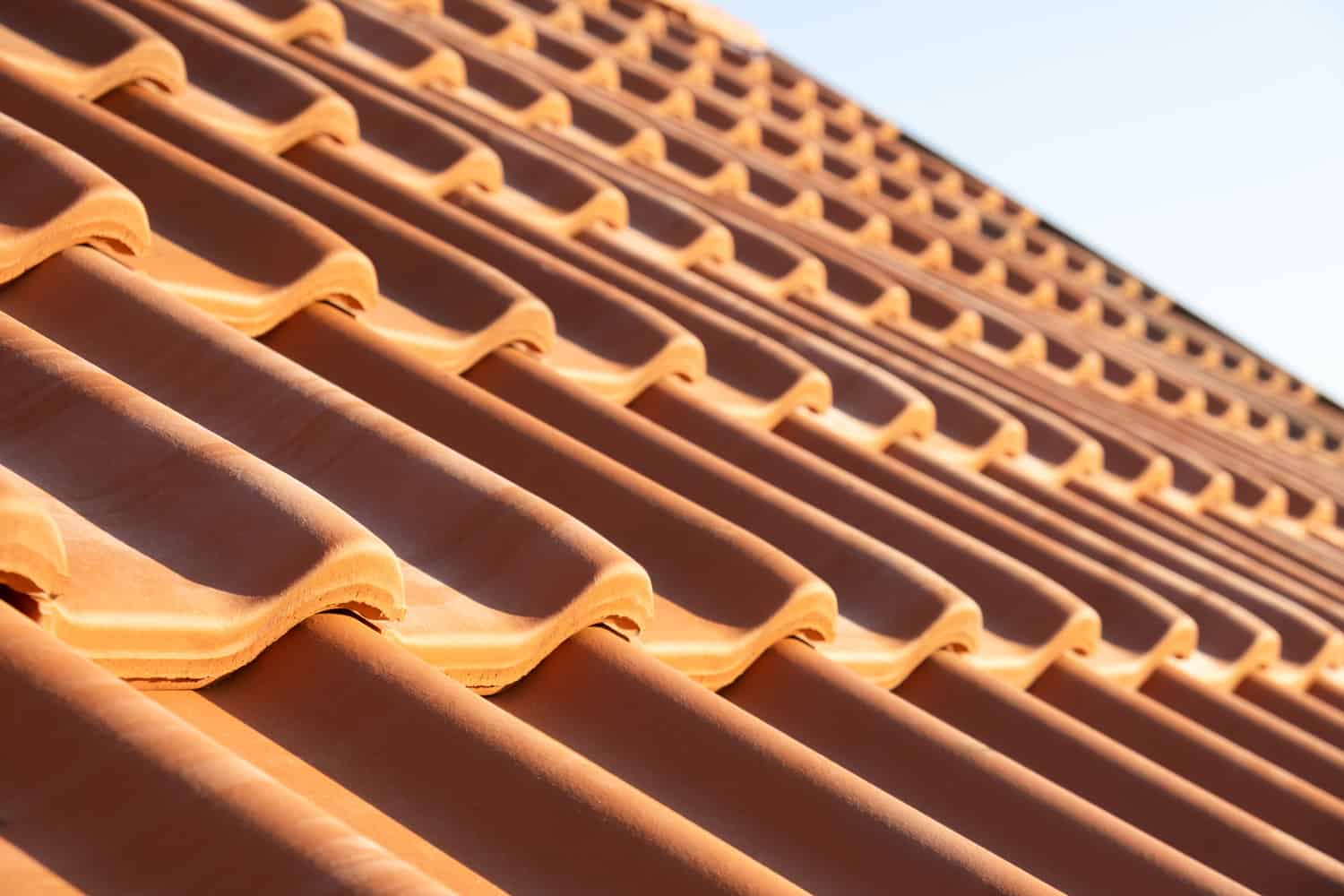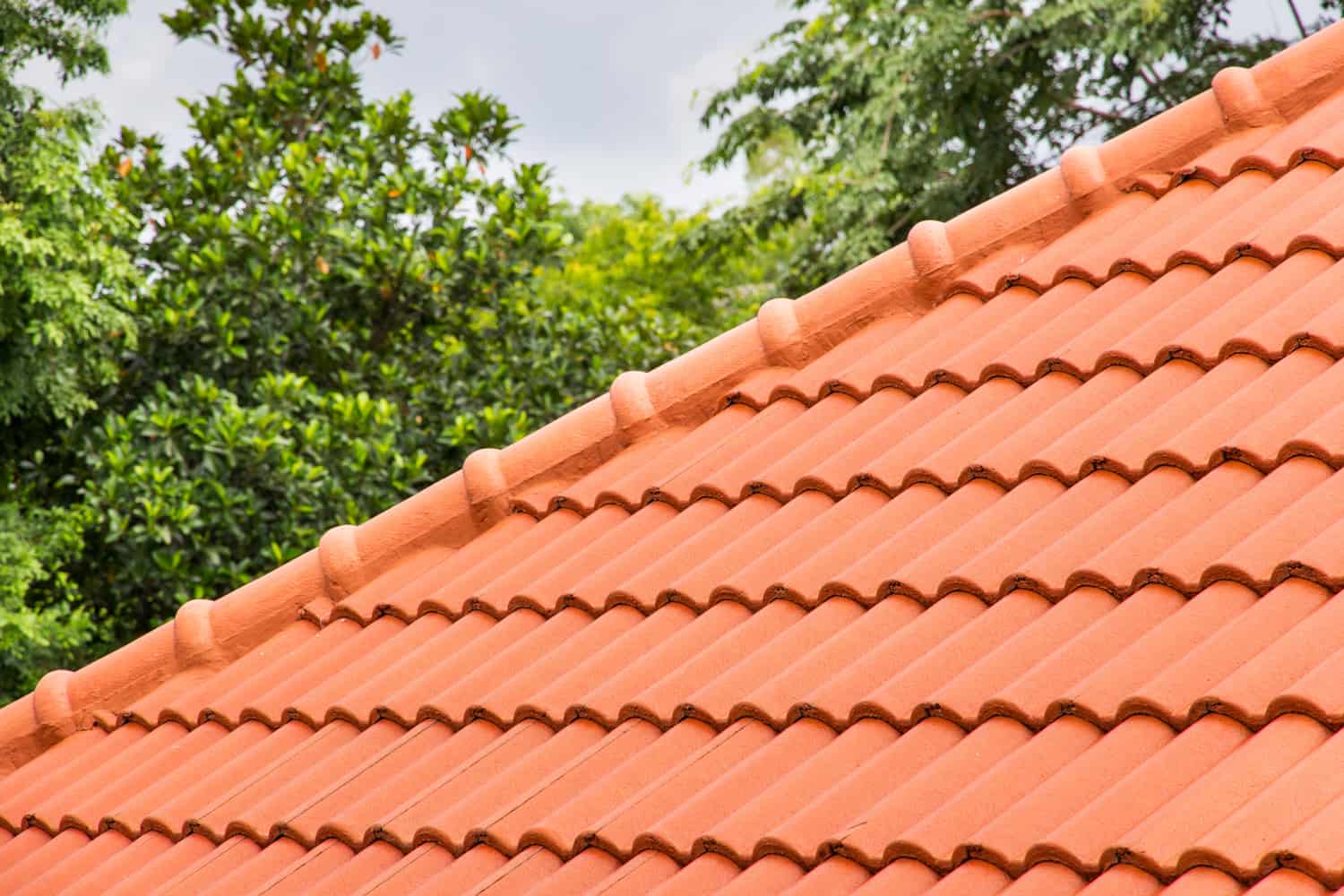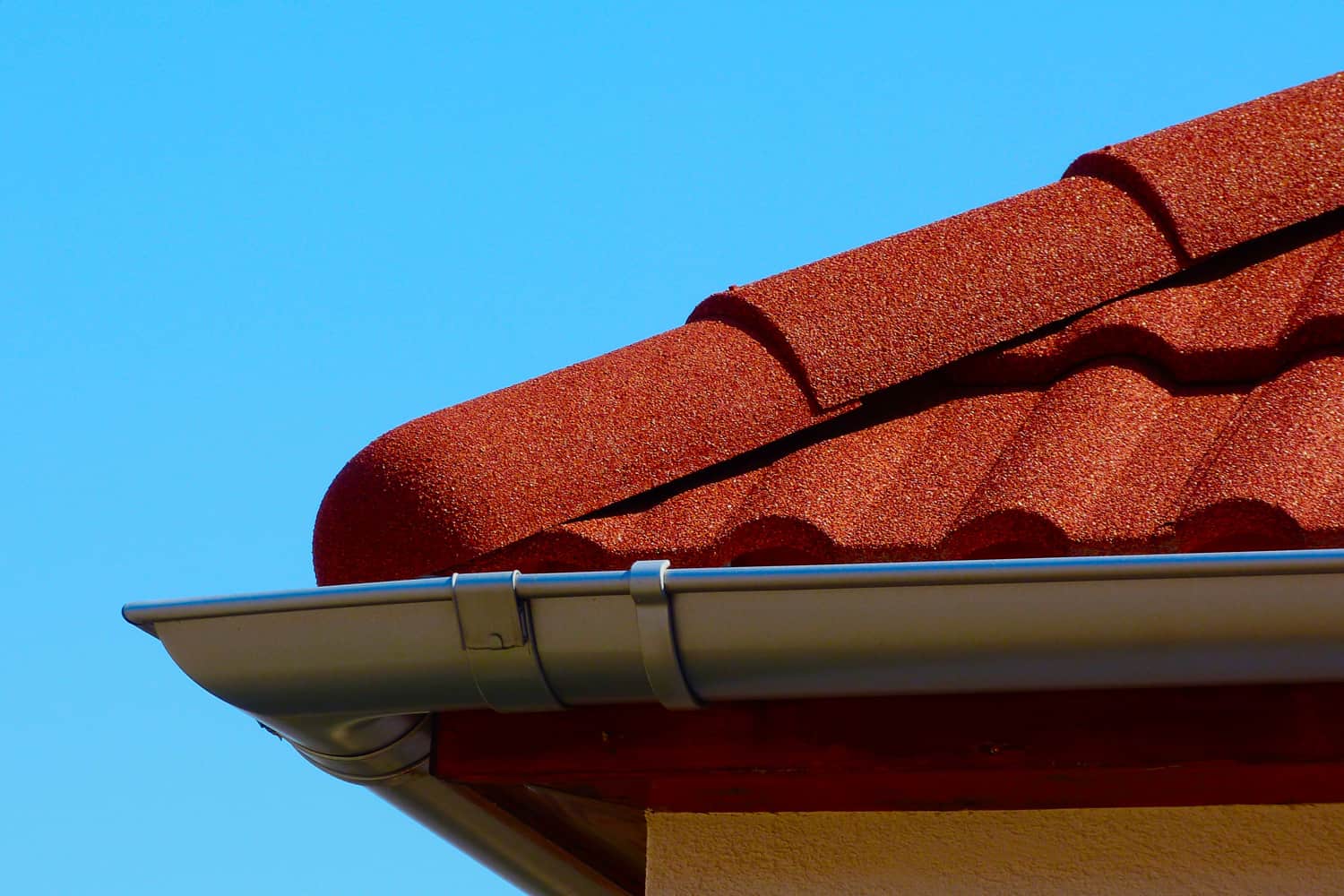Concrete roof tiles are extremely popular because they provide an attractive Mediterranean aesthetic. They're resistant and lightweight, making them ideal for certain roofs, and they have greater insulation than ceramic tiles. When it comes to concrete tile installation, understanding the appropriate size, color, and method of installation for each type of concrete tile is vital. But, are concrete roof tiles nailed down? let's see!

Are concrete roof tiles nailed down?

Concrete and clay tiles are typically attached using nails. Tiles can be nailed directly into the roof sheathing, or they may be secured to battens with lugs. Copper or stainless-steel roofing nails are utilized by some contractors since tile roofs last a long time.
The Right Slope
Roofs with slopes over 20 degrees can be covered with concrete tiles. The aesthetics of the tile improve as the slope increases, making it perfect for cathedral-style roofs. Make sure the surface is level before beginning; if not, use mortar or a thin-set product to level it.
The Right Roofing Underlay Is Important

One of the most crucial factors when it comes to installing concrete tile is having a solid roofing underlayment. The substance used beneath the clay tile has a significant influence on the tile's longevity. Normally, the underlay is created from asphalt-soaked roofing material that covers the whole area beneath the tile clay cover. You may wind up with overlaying tiles fast if it isn't properly attached or installed. To protect the surface even more, install an extra layer near the roof edge and in valleys.
Cover all decks with two layers of No. 30 asphalt-impregnated roofing felt or one layer of No. 43 coated base sheet, as a minimum.
Choosing the Right Concrete Tile

Concrete tiles are made to withstand a variety of weather conditions. The most popular sort of clay tiles includes:
- Slate: Thin rectangular strips of rock that vary in size and thickness.
- Plain Tiles: Concrete blocks are made up of very thin units that range in size from tiny to huge. They may be smooth or sanded in surface finish, and they come in a variety of shapes and sizes.
- Pantiles: An "S" shaped profile is created by this distinctive concrete tile.
- Roman Tiles: A cross-section that is flat and small is similar to pan-tiles, but it has a cross-section that is flat with a limited role.
Things to keep in mind
Consider the consequences of weight:
To put it another way, a typical asphalt shingle (perhaps the most popular roofing material in the United States) will weigh about 3 pounds per square foot on a roof. Concrete tiles are typically lighter than clay tiles and can easily weigh more than 10 pounds per square foot on a roof. If you're adding tiles to a roof that didn't previously have them or to a design in which they weren't planned, the weight of the old building may be too much for it to hold. As a result, in his case, you'll need to do some inspections and possibly bolster your roof.
Make a list of required supplies and equipment.
Some of these are standard, such as it is advised that you have a ladder. Others, on the other hand, are highly specialized and will not be in your inventory. For example:
- Gasket nails are a kind of nail with an interior plastic cap that helps to seal nail holes and prevent leaks.
- Underlayment or underlay is a waterproof layer between the tiles and the roof frame and sheathing. There are many options, but because this is a long-lasting roof intended to last 30 to 100 years, it's more likely that you'll want one of the heavy-duty alternatives.
- Caulking or sealant. There are several caulks and sealants available for use outside, but it is advised that you utilize particularly robust and high-quality ones. This roof might endure a lifetime, but it won't survive if the materials don't meet the needs of the project.
Develop an estimate of the materials required.
The most significant point of reference is the roof size. You may utilize this calculator to find out how big your roof will be (do not use the function labeled "Tile Calculator," which is clearly intended for inside floor tile).
- It is impossible to calculate the number of tiles needed for a task without specific information about the sort of tile chosen. A 100 square foot area of roof might require anything from 75 to 400 tiles, depending on the kind of tile selected.
Make a schedule.
If you're going to replace the roof of a preexisting home, keep in mind the weather and the amount of time you'll have to complete it. While it's clear you wouldn't want to rip your roof during the winter, look for periods with little or no rain. Check the long-term weather reports (with a note of caution that forecasts do shift). Also, be sure you have enough workers free to finish the job on schedule. This is not a one-person job, and you'll need to prepare ahead of time.
The Benefits Of Concrete Roof Tiles

Concrete roof tiles are meant to resemble ceramic and clay roofing materials, as well as look and function similarly. The only significant difference between concrete tiles and other materials is their lower manufacturing cost, which makes them a more affordable option for roofing customers. But don't be fooled by the price; your house will still benefit from more conventional materials, such as energy efficiency and durability.
Concrete tile roofs can endure up to 50 years of regular care. Furthermore, this roofing system comes with a number of choices for homeowners. Traditional barrel and contemporary flat are among the designs available, allowing you to match your own tastes. People who have experienced storms in the past should not be concerned. Concrete tiles are wind, hail, rain, mold, and even fire resistant. Tile roofs have always been considered low-maintenance, and that is still true for concrete tiles.
I am often asked this question. In my experience, concrete tiles are nailed down to provide strength and stability for your home or commercial building's roof. You can also find other methods of installation including adhesive so it all depends on what is best for your project needs. The benefit of using these types of tiles is that they have a long life expectancy and require little maintenance as well as being cost-effective in the long run. If you're looking for more insight about how to choose between different roof tile materials, let me know in the comments below!
